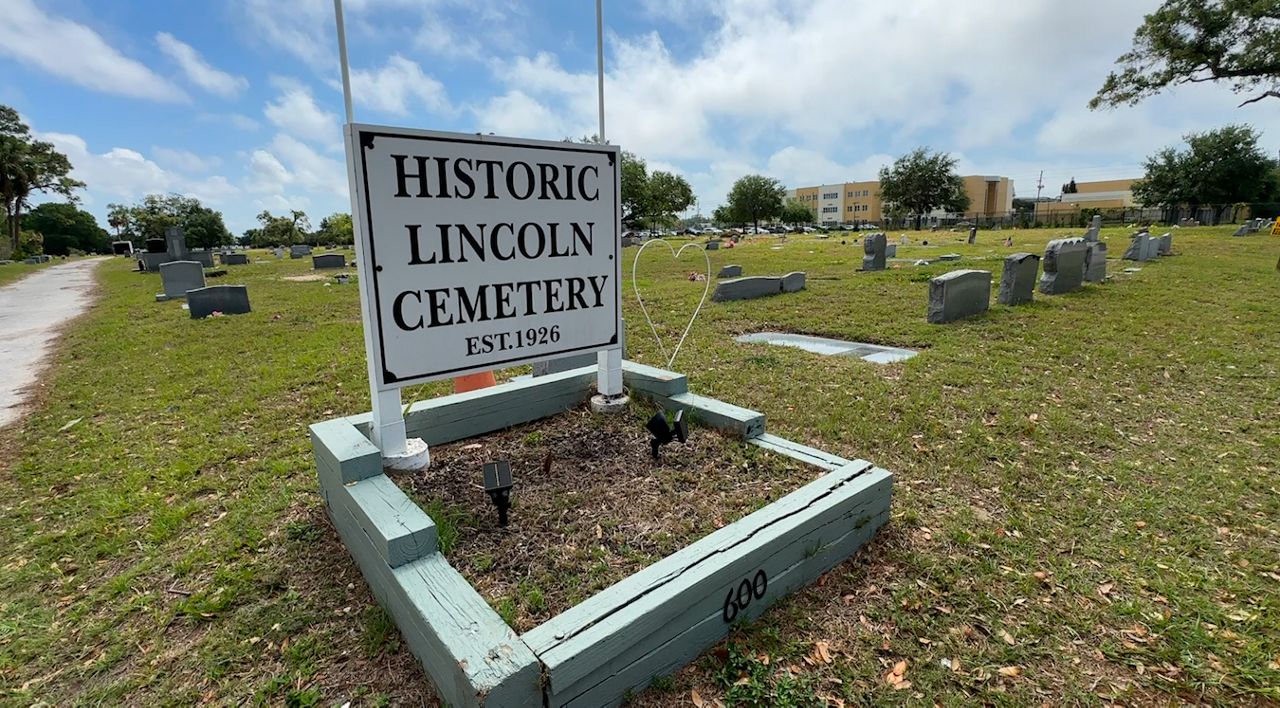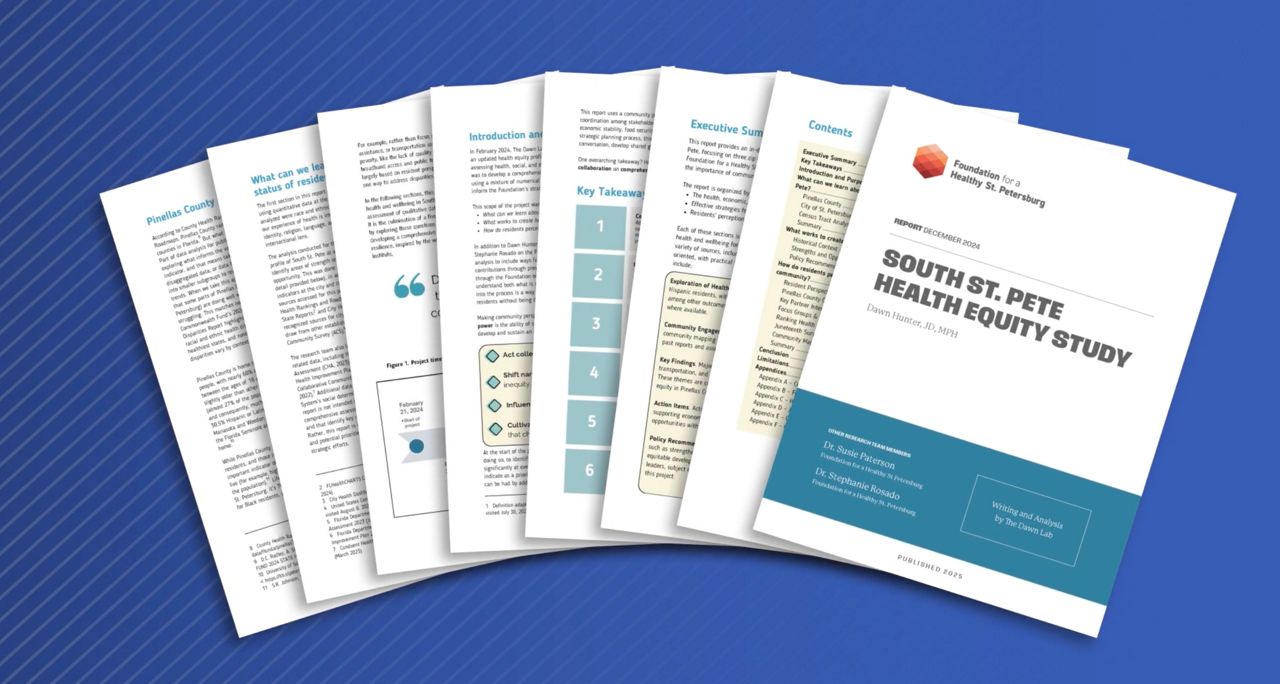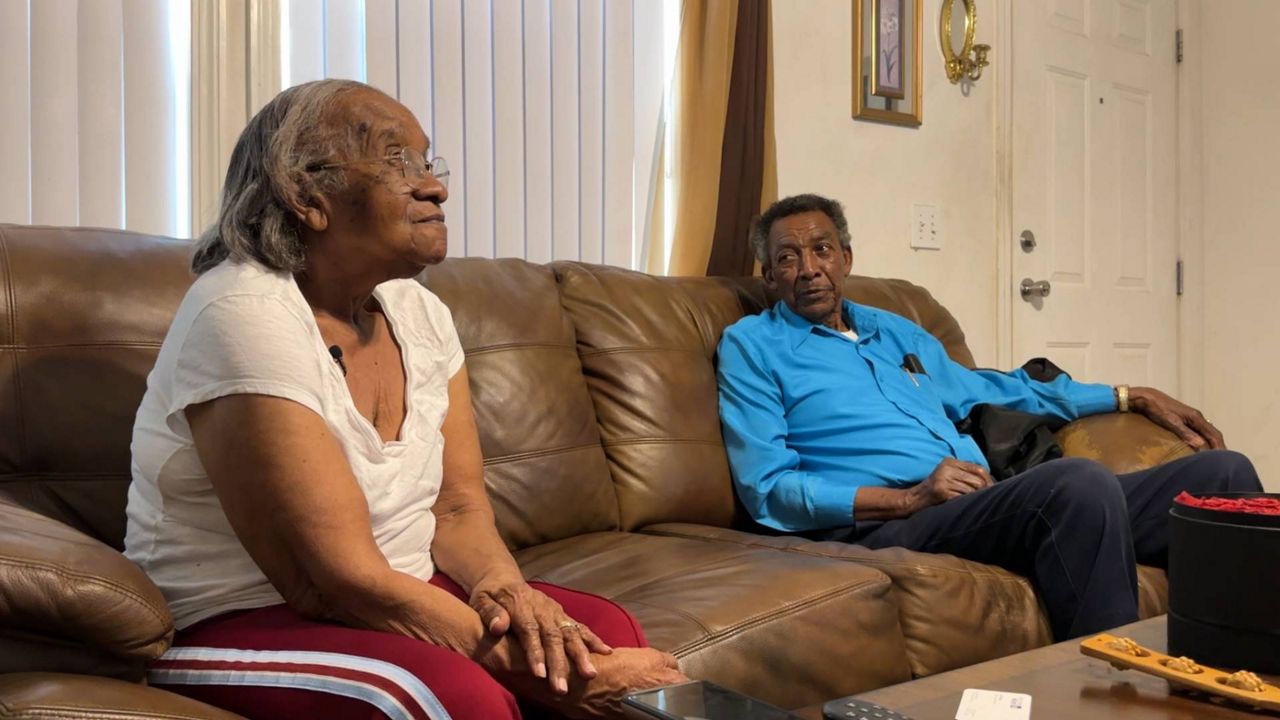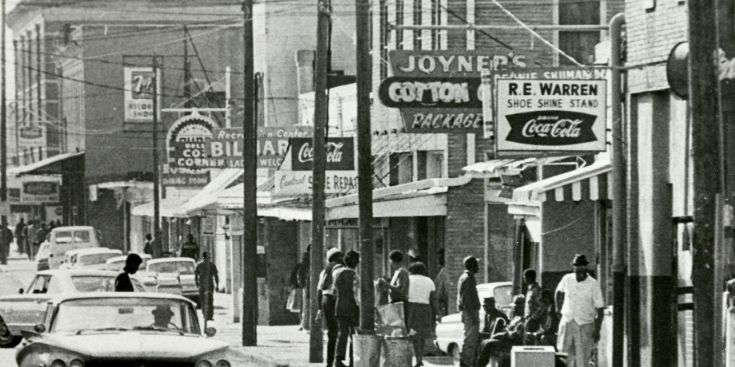TAMPA, Fla. — Stem cell transplants are at the center of so many treatment plans for people battling different diseases.
In a recent study conducted at Moffitt Cancer Center, researchers wanted to know if there are existing disparities between racial and ethnic minority patients and white patients with stem cell transplants.
What You Need To Know
- This study aimed to assess whether HLA-mismatched donor transplants with PTCy could eliminate existing disparities between racial and ethnic minority patients and white patients
- For the study, 302 adult patients who underwent haploidentical or mismatched/unrelated donor transplants with PTCy at Moffitt between 2014 and 2022 were analyzed
- Post-transplant cyclophosphamide (PTCy) is used to prevent graft-versus-host disease and allows for the transplantation of mismatched donors with outcomes comparable to perfectly matched donors
- The diverse cohort included non-Hispanic white, Hispanic-white, Black and other (Asian, biracial or multiracial) patients. Results were compared across these groups, considering various clinical endpoints
Teresa Caprice is a physician assistant at Moffitt Cancer Center. She works specifically in the Department of Blood and Marrow Transplant and Cellular Immunotherapy at Moffitt Cancer Center.
She wanted to know how patients who underwent stem cell transplants were doing after their treatment, but she said when she went to look at research done, specifically for Black and ethnic patients, there was very little documentation.
“We see that overall patients are doing better and I wanted to see how minorities were doing compared to non-Hispanic white patients because there wasn’t a lot of data about that specifically,” Caprice said.
So, she started digging.
“As early as 2021, there was a review of the literature for all transplants and they found that minority patients were less likely to get a referral, less likely to find a match donor and they had worse outcomes like overall survival, relapses, transplant-related mortality and more specifically, Black patients,” she said.
Caprice decided to gather data of her own.
“It was 302 patients at Moffitt Cancer Center. So, we did a retrospective analysis,” she said. “We just kind of got listed MRN’s of everyone who got a transplant here, and then I went through and I did a manual data collection and got all of the information.”
What she found was surprising.
“We found that minority patients did just as well,” she said. “There were no statistically significant difference in any of the clinical outcomes that we measured and that was a surprising and encouraging finding.”
Leana Gomes is one of those success stories. She had a bone marrow transplant in April.
“It went well. It wasn’t as scary as I thought originally, when they talk about all of the stuff that can happen and everything, but then to find out it’s not like it used to be, it’s just bags of cells that get put into my IV and just find their way into my body and make themselves comfortable there,” she said.
Gomes was all smiles after finding a donor. She said being mixed race, it was scary knowing that the chances of Black patients finding a donor match is only 29 percent compared to white patients who have a 79 percent chance, according to research from Bethematch.org.
“I did know that they had asked me what my DNA make-up was and I did know there was a potential that it could take time because of my genetic make-up, but I was very fortunate to find one right away,” Gomes said.
Minorities with complex DNA, relying on half-matched or mismatched unrelated donors, and using medication that fights to prevent graft-versus-host disease are all things Caprice highlighted in her research. She’s hoping it will be lifesaving for those minority patients.
“I personally know someone who died from Leukemia waiting for transplant and I just want this information out there that people can know that if you have siblings, if you have a parent, you can have a transplant,” Caprice said.










